Here’s everything about games running slower or faster on an external drive:
Technically speaking, games will usually run slower on an external drive as compared to being run on an internal drive.
This is because internal drives are usually faster drives with faster connection types.
Despite that, you might not be able to notice any differences in performance regardless.
So if you want to learn all about why external drives make games run faster or slower, then you’re in the right place.
Let’s get started!
- Gaming on Supercomputer: How?
- Instant Replay Affecting FPS: How?
- Locked FPS: Why So?
- Borderless Windowed vs. Full-Screen: Gaming Performance?
- Games in Real-Time Priority: Safe?
- 2.4 GHz or 5 GHz Wi-Fi for Gaming: Which Is Better?
- Playing Games off an External Hard Drive or SSD?
- 30 FPS Look Better on Console Than PC: Why?
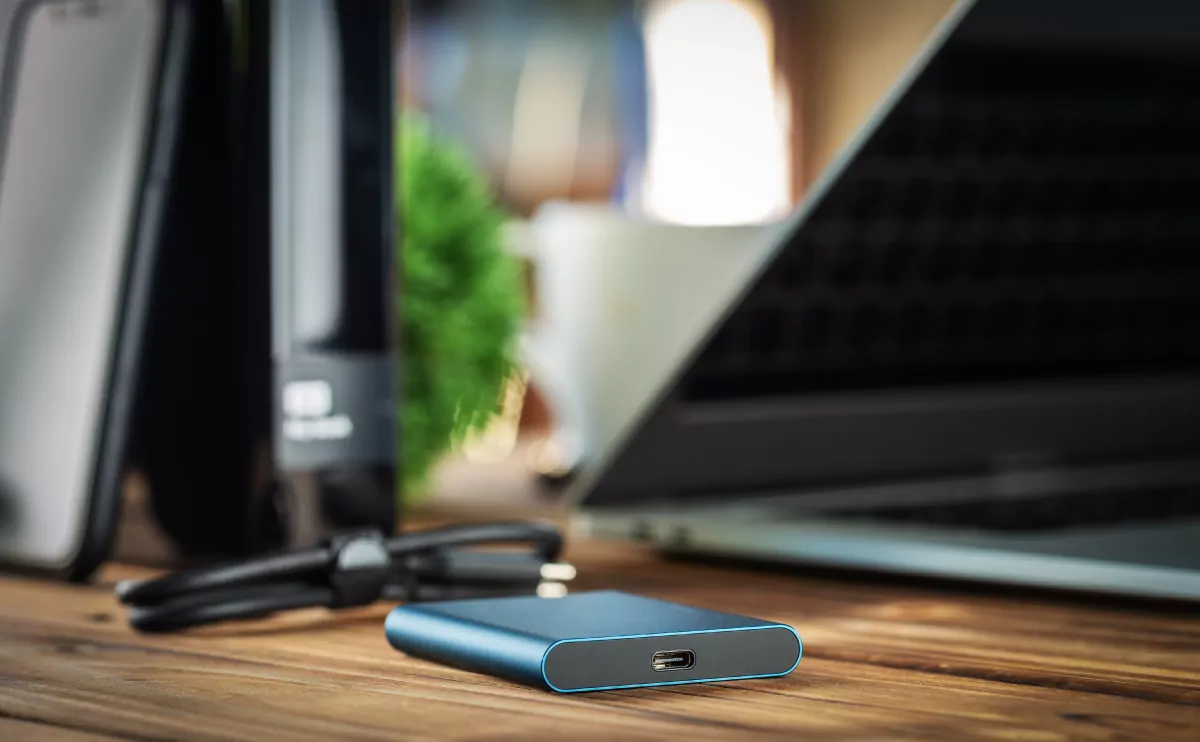
How Do Storage Drives Affect Game Performance?
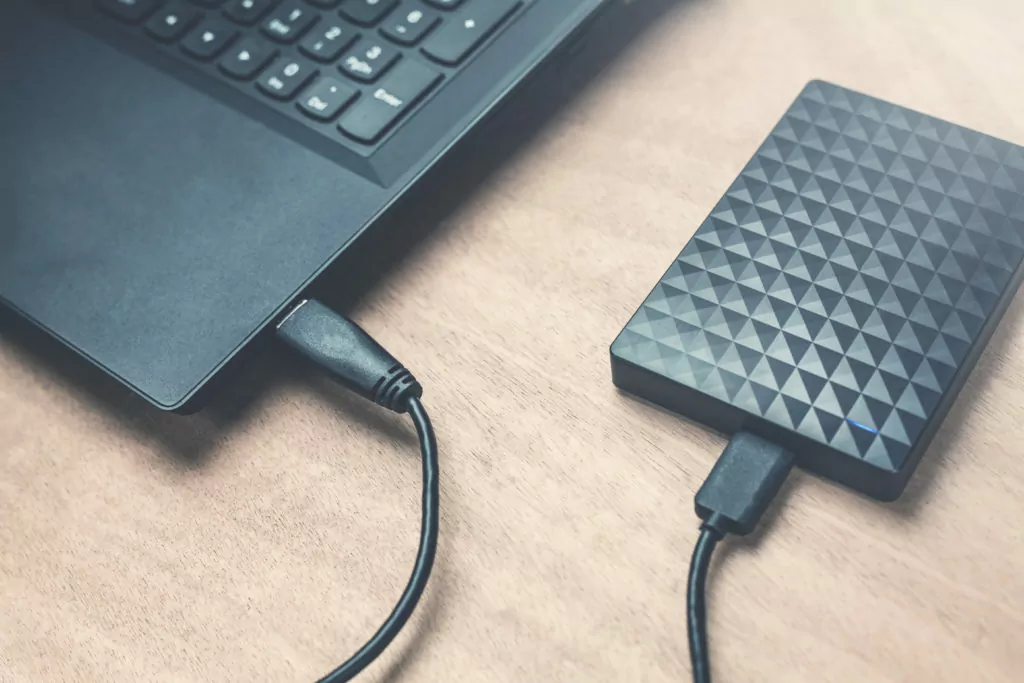
The basic concept is simple enough.
The primary data for a game is stored on a drive.
In order to play the game, the computer or console has to constantly pull information from the drive.
So, a more responsive drive is going to lead to a more responsive gaming experience.
We can go a little deeper and be a little more specific, though.
Generally speaking, the drive doesn’t impact real-time game speed (although there are cases where it can).
So, if you’re playing a first-person shooter, for example, the speed with which you can travel or change your aim will not depend on the drive.
Instead, drives primarily impact loading speeds.
Typically, the information that the computer needs to play the loaded game environment is pulled from the storage drive while you see a loading screen.
After that, most of the critical information is kept in the computer memory (also known as RAM).
This allows you to play in real-time without a bunch of delays related to storage drive speed.
But, if you load a new environment (like a new level or a new multiplayer match), then your loading time will once again depend (at least partially) on your drive speed.
Virtual Memory

With all of that said, there is an instance where drive speed can impact real-time performance.
Using the example above, this one aspect of drive performance can cause choppy gameplay that slows down your ability to move or aim while playing.
This is largely tied to the concept of virtual memory.
As already stated, gaming systems depend heavily on computer memory (and/or graphics memory).
These memory resources are much, much faster than even the best storage drives.
So, games offload as many important files to these resources as they can while a game is in progress.
To supplement the computer and graphics memory, a lot of devices and games also utilize virtual memory.
This can be done in a few ways, but the one that matters for this conversation is using storage drive resources for virtual memory.
Basically, part of the storage is allocated to work as virtual memory.
It serves the same purpose as the RAM and video RAM, but the actual device doing the work is the internal drive.
If your game is using virtual memory, then the speed of the drive matters a lot more.
Basically, slower drives struggle to keep up when they provide virtual memory, and this can cause noticeable changes in gaming performance.
What Are the Best External Drives For Gaming?

The best external hard drives for gaming are technically not hard drives or so-called hard drive discs (HDDs), but solid state drives (SSDs).
See below for more details about the differences between HDDs and SSDs.
Anyway, find the 5 best external hard drive discs (or rather solid state drives) for gaming here. From the best overall to the best bang for your buck.
Why Are External Drives Slower Than Internal Drives? (4 Types)

So, we now know why drive speed matters.
It affects loading times and performance related to virtual memory.
That leads to the next question.
Why don’t all of the consoles and PCs just use faster drives?
The first answer is easy enough.
Older systems have older hard drives.
Storage drive technology improves incrementally just like any other computer component.
You can usually expect newer systems to have faster storage drives.
Additionally, faster drives are more expensive to make.
So, if you want to keep your device cost down, you might have to sacrifice drive speeds.
Mostly, drive speeds are determined by the design of the storage drive and the connection type used between the drive and the computer that runs the game.
We’ll go over both of those concepts. While covering that, here’s the thing to keep in mind.
Performance can vary among drives that use the same design style and connection type, but those differences aren’t very important.
What really matters is the differences you’ll see when the connection or design types change.
In other words, it matters if you have a solid-state drive or not, and it matters how the drive is connected.
Beyond that, differences in speed are a lot smaller and unlikely to impact gaming performance.
#1 PCIe Connection
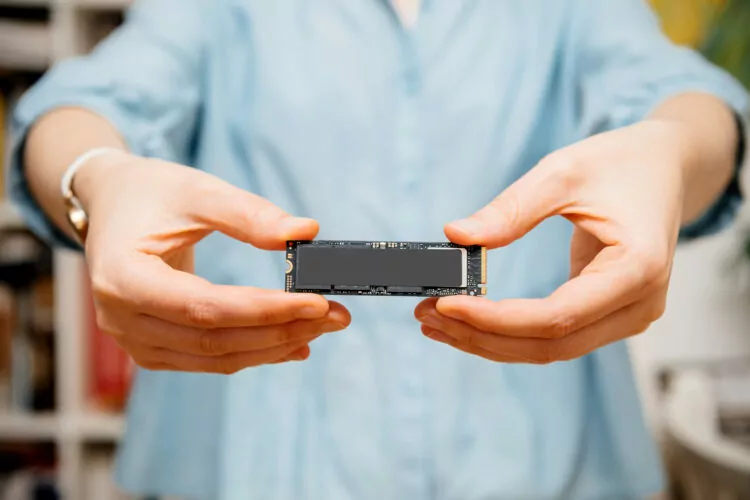
Let’s start by talking about the fastest type of storage drive connection: PCIe (Peripheral Component Interconnect Express).
This is an internal connection that allows a drive to communicate with other components in the computer (or console) in the same way that a graphics card communicates.
To put it simply, there is no faster option right now among consumer electronics.
PCIe drives are about five times faster than the next best option, on average.
In extreme cases, PCIe connections can get above 10 times faster than SATA connections for the same device.
That leads to noticeable differences in load times and virtual memory performance.
#2 SATA Connections
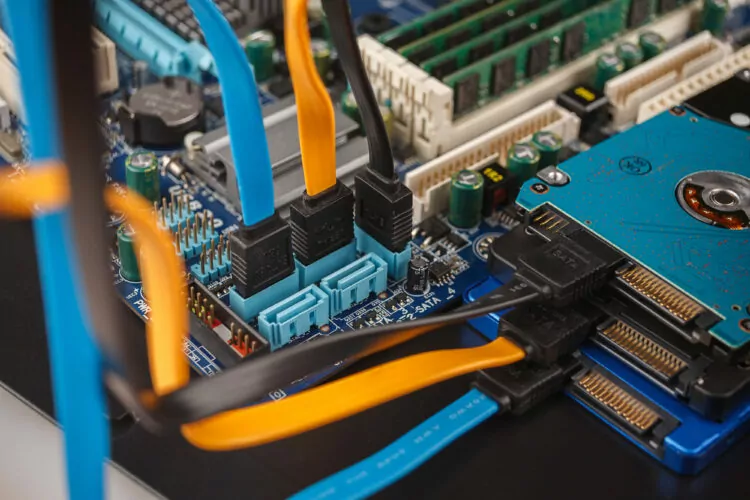
SATA (Serial Advanced Technology Attachment) connections are the next best option for storage drives of different designs.
SATA connections are about a fifth the speed of PCIe connections, but they are still fast enough for many gaming operations.
Generally speaking, a solid-state or NVMe drive (more on these in a later section) can connect fast enough via SATA to satisfy modern gaming needs.
While a PCIe connection is noticeably faster, most games perform just fine with SATA connections, as long as the drive itself is fast enough.
PCIe connections are more common for gaming PCs, but there are PCs that can play high-end games with SATA drives.
We’ll get into common storage drive choices for different PCs and consoles a little later, but you can assume that they all use PCIe or SATA connections.
#3 USB Connections
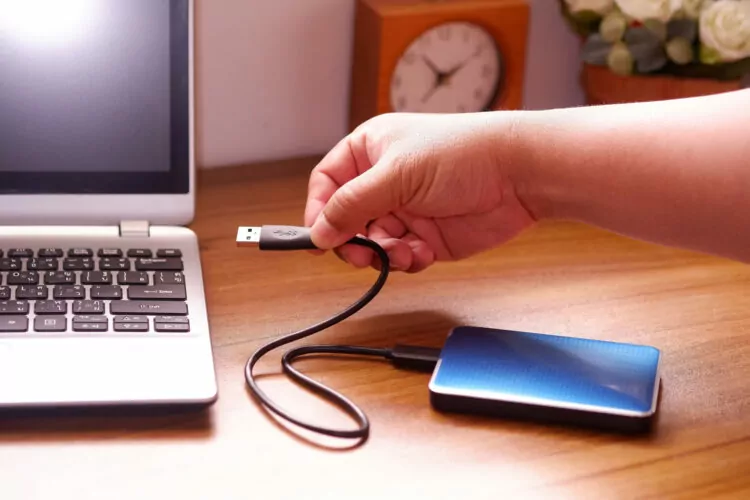
USB is much slower than the other connection types.
Even if you’re using the latest version of USB 3, you’re still going to have a storage drive connection that is noticeably slower than modern SATA. (Technically, USB 3.2 has higher maximum data rates, but in practice, even this version is usually slower than SATA.)
That said, USB-C (also known as USB4) is a different animal.
USB-C connections can actually hit speeds between those provided by SATA and PCIe.
So, a USB-C external drive can potentially outperform a SATA internal drive.
But, if you’re using the older USB formats, your connection speeds will be quite a bit slower, and you might notice the performance difference.
#4 Hard Drive Speeds
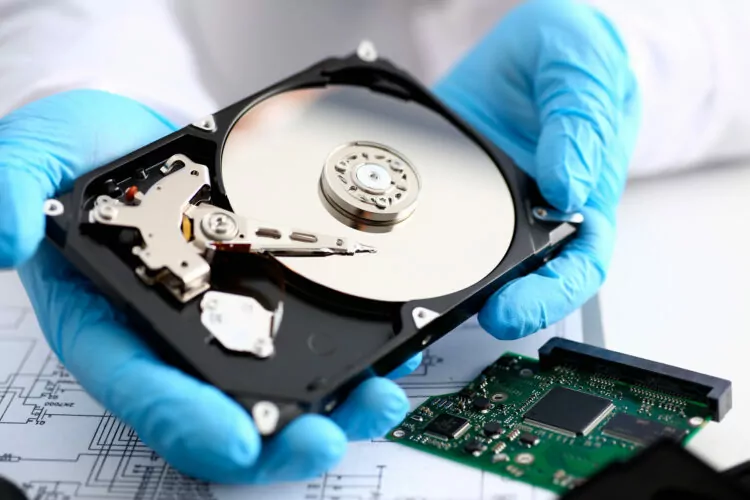
We’ve covered connection types, but storage drives are made in a few different ways, and those designs matter a lot.
Primarily, you can get platter hard drives (commonly called hard disk drives or just hard drives), solid-state drives, and non-volatile memory express drives (NVMe).
Hard drives have a magnetic disk that literally spins in circles.
This was the standard in storage drive technology for a couple of decades.
Even though it’s a little older, you can still get external hard drives that use this technology.
They tend to cost a lot less per terabyte of data, but they are by far the slowest of these three kinds of drives.
Solid-state drives are in the ballpark of five times faster than hard drives.
This is definitely enough to notice performance differences, especially when it comes to loading times.
Partly, that’s because hard drives don’t transmit data fast enough to cap out SATA connections.
Solid-state drives are able to do that.
So, switching from an external hard drive to an internal SATA solid-state drive can seriously increase storage drive performance.
That said, NVMe drives are considerably faster than solid-state drives (by another factor of five or more).
These drives can connect via SATA or PCIe, but PCIe is the preference.
That’s because NVMe drives are easily capable of exceeding the maximum speeds provided by SATA connections.
Bringing this back to external drives, they are usually either hard drives or solid-state drives.
Moreover, they typically connect via USB and not SATA, and they definitely don’t connect via PICe.
So, external hard drive performance is usually a lot slower than internal hard drive performance, considering these options and limitations.
Moreover, getting away from hard drives nada into solid-state or NVMe drives boots performance considerably, as long as your connection type can keep up.
By the way, learn all about whether external drives work with USB hubs here.
How Does Storage Drive Performance Compare on Different Platforms? (3 Platforms)
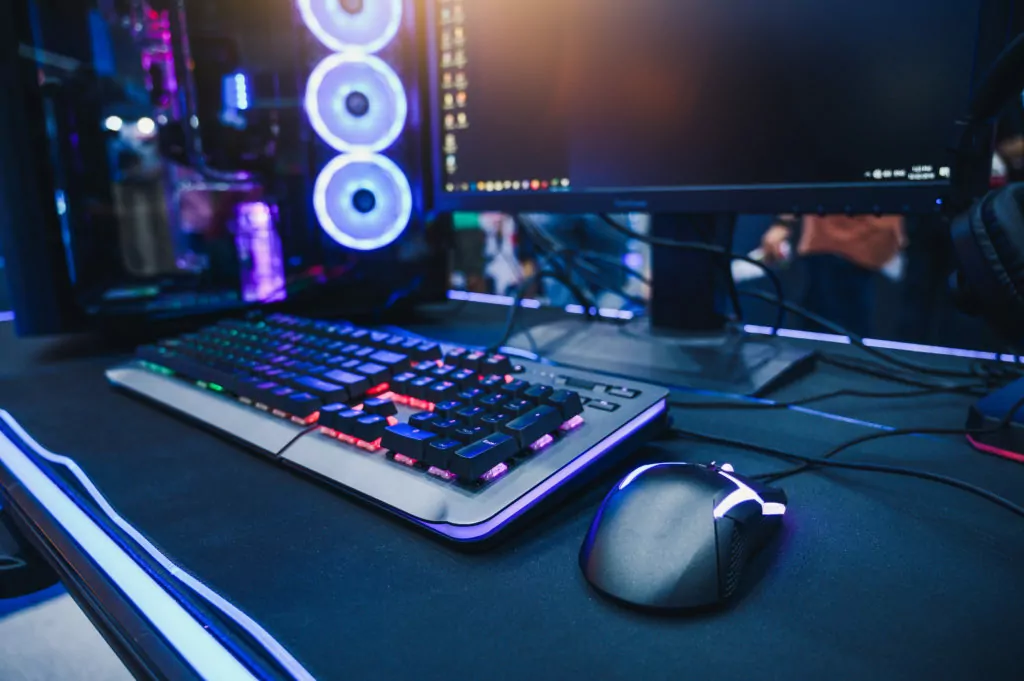
Okay. The type of storage drive you have and the connection it uses are both important to gaming performance.
What options are common on PCs and popular consoles?
What can you expect to see from your different choices?
#1 PC
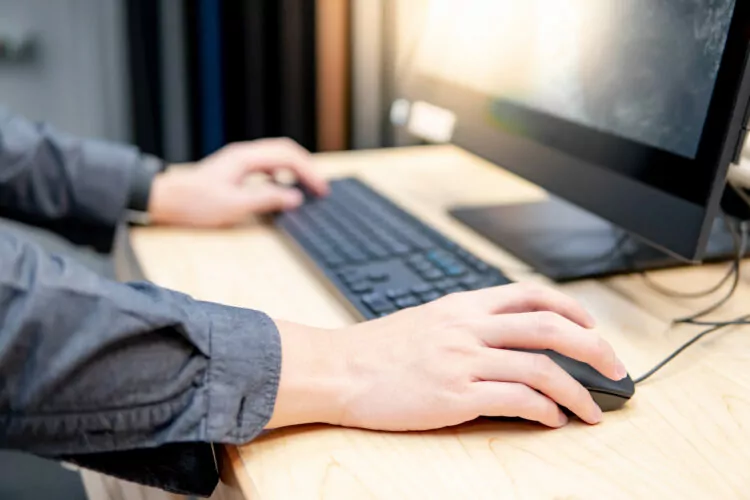
PCs come in all shapes and sizes, so technically, you can have any combination of different drives and connections.
So, let’s consider a PC that is designed for gaming.
The most common choice here for the internal drive will be an NVMe drive connected by PCIe.
That’s the fastest option, so naturally, gaming PCs will favor it.
When it comes to external drives, options are a lot more varied.
Some PCs come with USB-C ports, but even among gaming rigs, a lot still only offer USB 3.
Because of that, you’ll find that external drives on gaming PCs are often much, much slower than internal drives.
So, if you play a game off of an external drive that is connected via USB 3, it’s going to load a lot slower than the internal drive.
This is true whether you have a hard drive or solid-state drive in that USB slot, as the USB connection is the limiting factor.
If the PC has USB-C, then a fast solid-state drive is good enough for most games.
Additionally, some PCs offer external eSATA connections.
These are still slower than USB-C, but they’re better than your average USB 3 connection.
It’s worth keeping in mind.
We should also talk about virtual memory.
PCs frequently make use of virtual memory to boost performance.
Typically, virtual memory is allocated by the operating system and not the game being used.
Because of that, the PC is going to use the internal drive for virtual memory.
Your choice of external drive and connection type is not relevant, and it shouldn’t impact in-game performance.
#2 Xbox

The latest version of the Xbox utilizes NVMe drives that connect via PCIe.
Basically, you’re getting the fastest storage drive performance available.
The Xbox also has external connection ports that include USB 3.
Because of the limits of USB 3 connections, your choices don’t bear a ton of impact.
The in-game difference between a solid-state or external hard drive won’t be overt, as the connection type is too limiting to really take advantage of solid-state performance.
In short, you’re going to notice slower load times if you play a game utilizing external storage with a modern Xbox.
You likely won’t notice in-game issues, as the console will prioritize the much faster internal drive for virtual memory.
#3 PlayStation
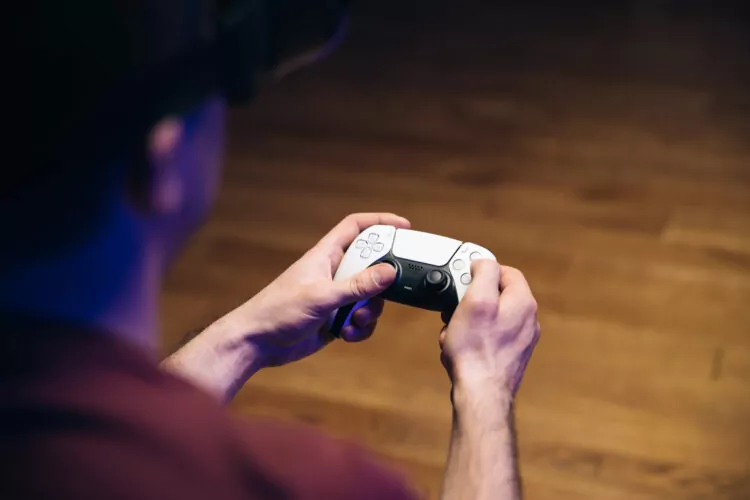
The PlayStation offers a different experience.
Internally, it also uses NVMe drives connected via PCIe.
The real difference comes from the availability of USB-C connections.
Since this is available for external drives, a PlayStation 5 user can enjoy much better performance from their expanded storage.
Choices matter a lot here.
A hard drive will be noticeably slower than a solid-state drive that is able to fully leverage the speeds of USB-C.
With the hard drive, you’ll notice slower load times (even if you connect it to a USB-C slot).
With a solid-state drive connected through a USB-C port, performance will be much better than the hard drive scenario.
But, when you compare your solid-state drive (using USB-C) to the internal drive, the internal drive is still faster.
Despite that speed difference, you might not really notice which is faster while playing games.
They’re both fast enough for high-end performance.
As for virtual memory, this experience is similar across all of the devices.
The PlayStation is going to prioritize using the internal drive for virtual memory.
Your external drive choice won’t really matter in this respect.
How to Play Games off an External Drive?
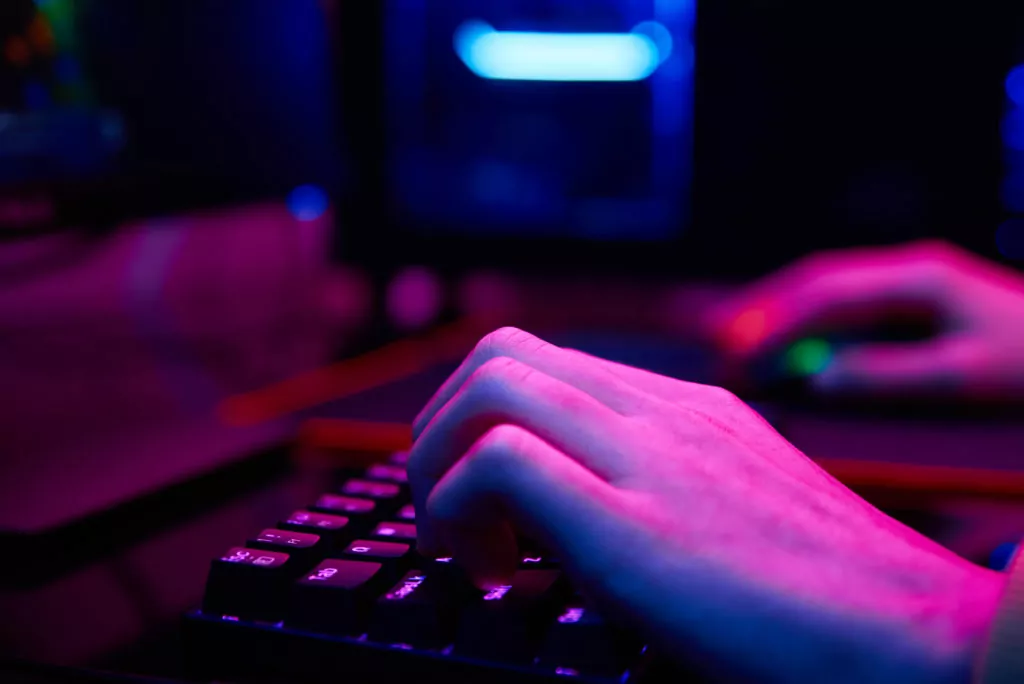
By now you know that you can use an external drive to play games and that you probably won’t notice any difference in performance.
Do you know how to play games off an external drive, though?
To do this, the computer simply needs to know where to find the game when it is on another drive.
If you install the game, you can choose where it is saved and ensure that the computer can find it.
Learn all about how to play games off an external drive here.
- Gaming on Supercomputer: How?
- Instant Replay Affecting FPS: How?
- Locked FPS: Why So?
- Borderless Windowed vs. Full-Screen: Gaming Performance?
- Games in Real-Time Priority: Safe?
- 2.4 GHz or 5 GHz Wi-Fi for Gaming: Which Is Better?
- Playing Games off an External Hard Drive or SSD?
- 30 FPS Look Better on Console Than PC: Why?

